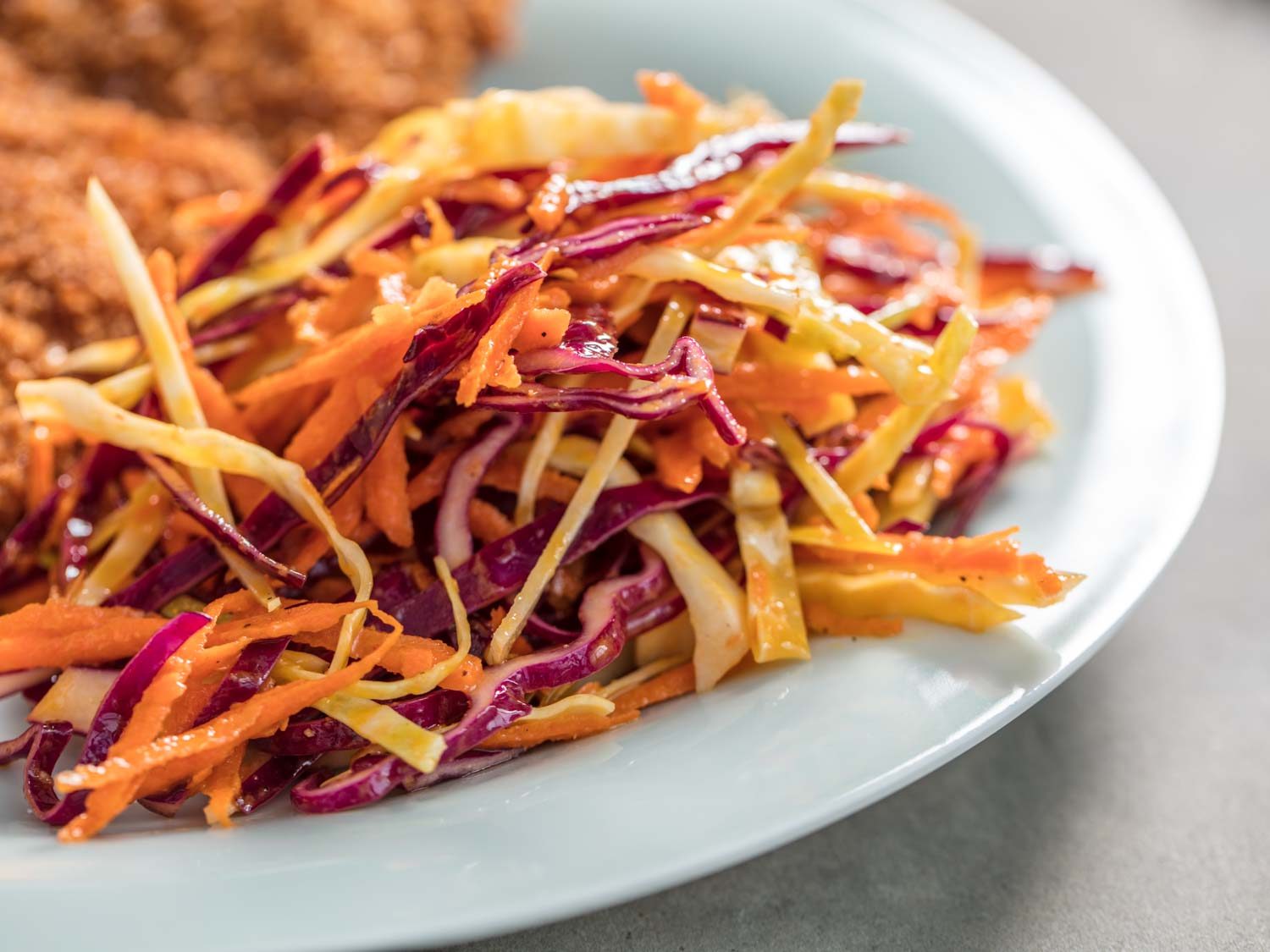Vietnamese Beef Broth, Part Two: The Phở-low Up

It’s impossible to keep phở a secret, Tam informed me. Such was the start of our phở get-together. She arrived at my apartment lugging a backpack crammed with gallons of phở broth, chunks of deboned oxtail, and little jars of fish sauce. Neatly sorted packets of noodles, bean sprouts, and mint completed the ensemble. If she’d brought a portable stove, she could’ve set up shop on my curb.
Unlike Tam, I didn’t grow up eating phở. My education of the broth began in Vietnamese noodle joints, where bowls of noodles are assembled and slapped onto the table in a matter of minutes. Over the years, I’ve done a lot of harrumphing in Vietnamese pho joints. All the components of phở—from the beguiling broth to the doneness of the rice noodles—must be executed with care for the meal to reach sublime heights. Too often at restaurants, the beef flank used to make the broth is sliced thinly and served as a rubbery topping. (Ever notice that every permutation of phở invariably comes with “well-stewed” flank?) And the soup, oily from the beef fat with which it was stewed, becomes too cloying after a few initial sips. These days I make phở broth at home, de-fatting to my heart’s content.
The taste of phở broth had always seemed indecipherable to my palate. Spikes of cinnamon and anise came through, but what was that extra autumnal hint? Cloves, it turns out, completes the trio. Whole onions, charred over direct fire until the skin is smoldering black and the interior oozes caramelized juice, imparts sweetness to the broth. Large segments of ginger are given the same treatment.
Charring the onions and ginger is my favorite part of the process. In the summer I’ll toss an onion or two on the grill so that I’m always prepared to break out the bags of beef bones; in the winter, the charring is easily done over the direct flames of the stovetop. An exhaust fan is handy to have in such circumstances, but opening the windows suffices. Charring the vegetables indoors lends a distinct advantage over doing so on the grill: away from ambient noise, the crackling of the onion skin is a melody on the stove.
My favorite cuts to use for pho are beef knee bones coupled with oxtail. Beef knee bones are widely sold at Korean or Vietnamese grocery stores for the express purpose of making broth. Primarily comprised of bone, tendon, and fat, every joint also comes attached with a small chunk of flesh. The tender little segments of meat are some the best part of the soup. Having absorbed hints of anise and cinnamon, the tendon on the bones are soft and gelatinous. In the company of friends who like to gnaw, I’ll leave the oxtail meat on the bone. For convenience, debone the knee joints, reserving the meat and tendon.
Tam’s experiments with phở display her expertise in the broth. As a counterpart, I’ll share some of my rookie mistakes. First and foremost, leave the meat to slowly cool down in the broth. Once I made the mistake of retrieving the oxtail and the knee bones from the broth immediately after cooking. After a mere ten minutes out of the pot, the meat had shriveled up and darkened to a hue like dark coffee, becoming tough and stringy in the process. To prevent such disastrous results after many hours of tending, let the meat acclimate to the change in temperature by leaving it in the broth. (Alternatively, as Andrea Nguyen confirmed with me through email correspondence, plunging your meat into water allows it to absorb extra moisture right away.)
Second, be judicious when adding the fish sauce and spices. Fish sauce, the omnipresent ingredient in Vietnamese cookery, provides savory depth to the broth. Larger amounts of the seasoning, however, interfere with the beefiness of the broth. The same can be said of the cloves, anise, and cinnamon sticks. Over the course of many hours, the strength of these spices builds slowly yet forcefully, so a broth that doesn’t taste particularly spiced after two hours of simmering will most likely taste balanced after another hour on the stove.
Finally, the method I follow differs from Tam’s version only in its cooking time and choice of bones (a combination of knee bones and oxtail, rather than using only the latter). While Tam’s patience in simmering oxtail yields intensely beefy results, I’ve never been disappointed with a pot of broth that’s been simmered for a mere three hours instead of eight. Instead of bringing the broth to a barely simmering point, let it simmer gently so that the bubbles are small but apparent.
Published at Tue, 03 Jul 2018 15:42:35 +0000





